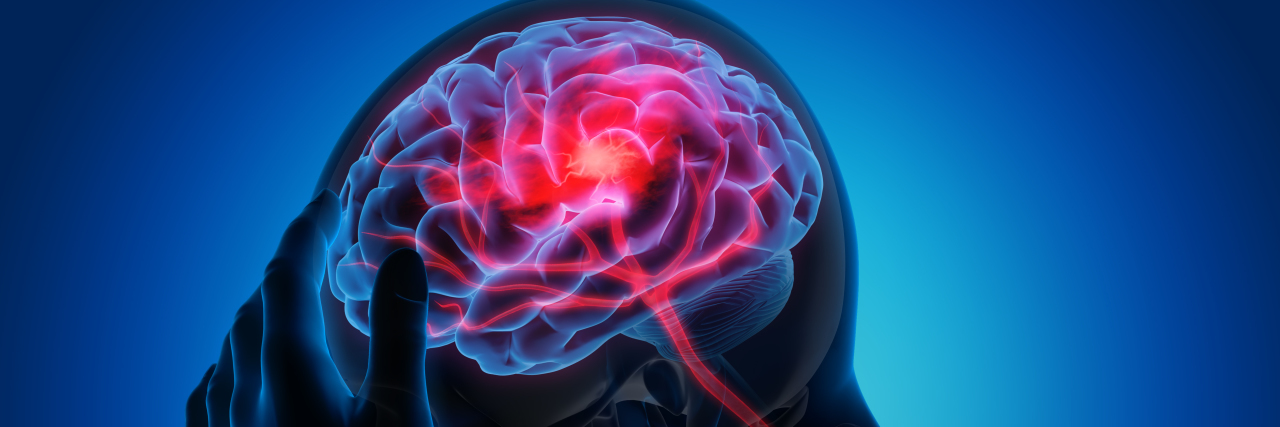Recently, in the autism community, there has been controversy regarding deep brain stimulation for the treatment of autism. Many autistic adults have been fighting against attempts to alter our autistic neurology to make us more neurotypical. Many of us see ourselves as able to function when our needs are accommodated, however, society is often not willing to integrate our needs into day to day life so we can live productive lives. I agree with this wholeheartedly!
Yet I am an autistic who still has full-blown meltdowns at the age of 40. For those who are not aware, meltdowns are an extreme reaction to sensory overstimulation of the nervous system, and they are involuntary. During my more mild meltdowns, I cry, yell, swear, throw things, and I might punch a wall. I regroup and move on with life. Unfortunately, my bad meltdowns bring about headbanging. I have sustained multiple concussions and made plenty of trips to the emergency room. One year it was so bad that my insurance company called to make sure I wasn’t being abused. I wasn’t.
When I heard about DBS for autism I had the same reaction most autistics have, a hard “no.” I do not see autism as something that needs to be cured. However, I had been made aware of DBS years before for Parkinson’s and depression. I knew those implants had an option to be controlled by the recipient and often came with instructions to turn them off for short periods of time such as when sleeping. So I swallowed my pride and looked into it.
The DBS implant in question doesn’t cure or eradicate autism. What it does is provide a way to reduce extreme stimming (also known as self-stimulatory behavior or self-injurious behavior) by providing the stimulation your brain needs through electrodes implanted in certain areas of your brain. It provides similar stimulation to the brain in the times of overstimulation and sensory meltdown that the extreme stimming would provide. To me, it seems like a safer way to stim because extreme stims in the form of SIBs can be life-threatening when injuries result from them. I am gravely aware that one day my meltdowns may do irreparable harm, and for me this is terrifying.
While I am still staunchly against a forced change in neurology, this is drastically different. For those of us that still find ourselves engaging in extreme stims on a regular basis, as I do, this could be an answer. To choose for ourselves to receive this potentially life-saving and life-changing implant would be a great boon. I can’t wait to see how this technology develops!
Getty image by Peter Schreiber Media.

